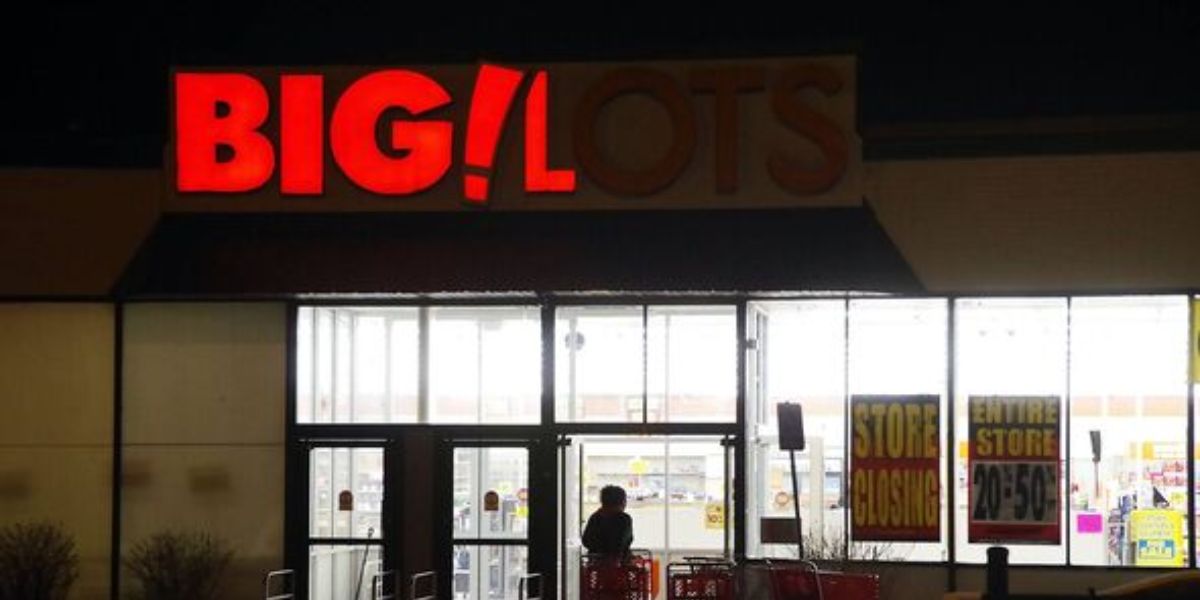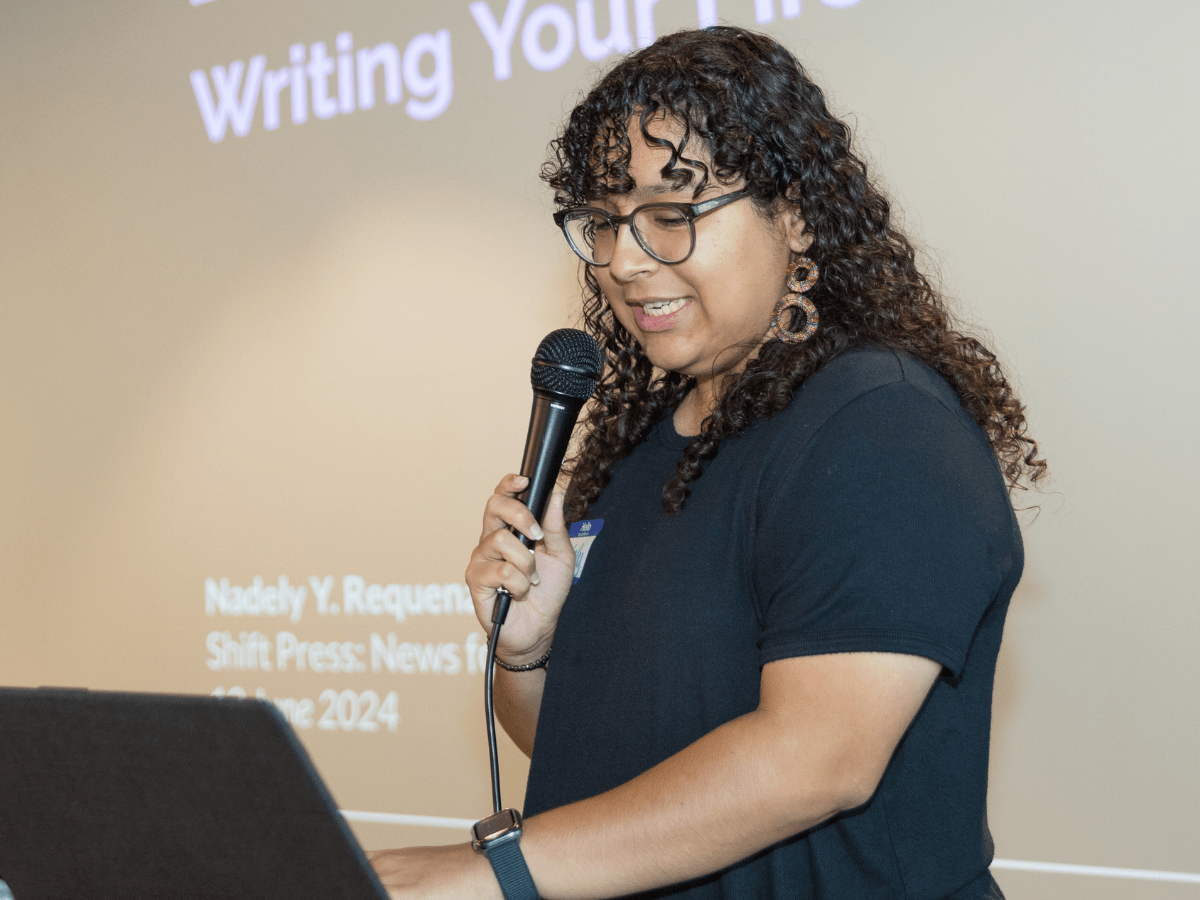In discussions in barbershops, churches, and dinner tables, the issue of whether the current generation is losing its sense of community has persisted.
It frequently originates from an older generation thinking back on the close-knit community it grew up in. According to the OGs, there was a strong sense of belonging back then, neighbors watched out for one another’s kids, and disputes were settled amicably.
Many people now lament the trend toward independence, technology-driven communication, and an apparent decrease in social duty. Is this a fair appraisal, though?
For baby boomers, many of whom are now in their seventies, community was not simply an idea but a way of life. People were forced to rely on one another throughout that time. A sense of group duty was engrained, whether it was borrowing sugar from a neighbor or the entire block pooling money for a suffering family. During this period, elders shared their knowledge over Sunday dinners on porches, while parents reprimanded one another’s children.
But since then, society has undergone significant shift.
Due to economic pressures, a large number of homes are now dual-income, which limits the amount of time families spend in their communities.Another factor has been urban expansion; more individuals now reside in short-term apartment complexes rather than established neighborhoods where meaningful connections can be made. Children are also less likely to roam freely as they once did due to safety concerns, which limits their ability to engage in natural interactions with their neighbors.
The impact of technology
Technology has caused one of the most significant changes in the way we create and preserve communities. Social media has brought up a contradiction whereby people can feel more alone than ever before, even while it connects us in previously unheard-of ways. Face-to-face conversations have given way to text messages, tweets, and emojis. The ease of swiping through information on a screen has eclipsed the art of pausing to talk to a neighbor.
It would be inaccurate to say that communal spirit has been completely undermined by technology.Digital spaces have given rise to several grassroots movements and mutual aid networks, demonstrating that technology can also be used to improve ties within communities. Intentionality is the crucial distinction, though. A community must be deliberately fostered today, whereas in the past it was developed out of need.
The trend toward individuality is one of the most obvious generational divides. The boomer generation frequently talks about a time when the neighborhood as a whole felt better when one family prospered. However, self-sufficiency is highly valued in today’s culture, frequently at the price of the welfare of the community. Younger generations are urged to prioritize independence, financial gain, and personal achievement, often at the expense of meaningful, long-lasting relationships.
However, it would be inaccurate to imply that younger generations place no significance on community. They are changing the definition of community, frequently in ways that may not be apparent to older generations. Younger individuals, for instance, organize around social justice issues, start online support groups, and participate in digital activism—new kinds of group activity that were nonexistent in earlier decades. The difficulty lies in reconciling these contemporary modes of communication with the conventional ideals of in-person interaction.
The Consequences of a Disconnected Society
According to studies, social isolation can have serious negative effects on one’s health, increasing the risk of anxiety, sadness, high blood pressure, and even cognitive impairment. Simply interacting with one’s community, whether it be through political involvement, faith-based events, or shared meals, can enhance one’s general well-being.
Society as a whole is also impacted by the community’s decline. People’s mistrust of one another has grown, civic engagement has declined, and social safety nets have been undermined as a result of the breakdown of strong local ties. It should come as no surprise that when individuals no longer view one another as neighbors but rather as anonymous thoughts on a screen, political divisions feel more obvious.
A community must be consciously rebuilt. Small, deliberate acts like welcoming neighbors, patronizing nearby companies, going to community gatherings, and placing a high value on face-to-face interactions are the first steps. If people are willing to participate, places of worship, cultural institutions, and even workplaces can function as contemporary community centers.







